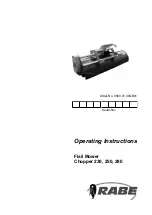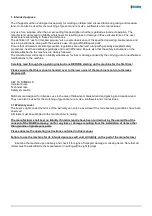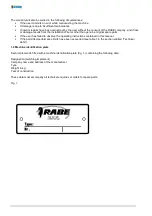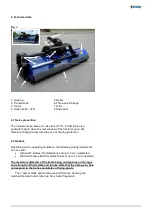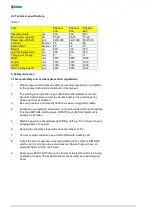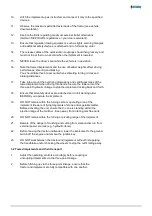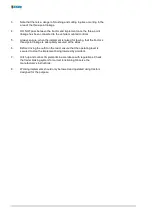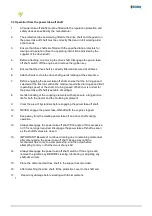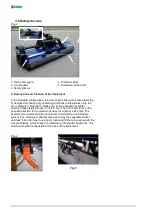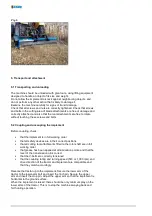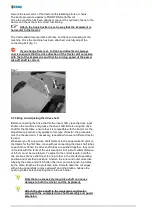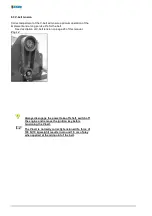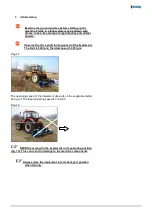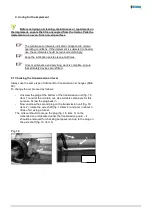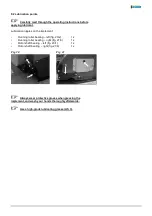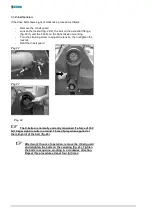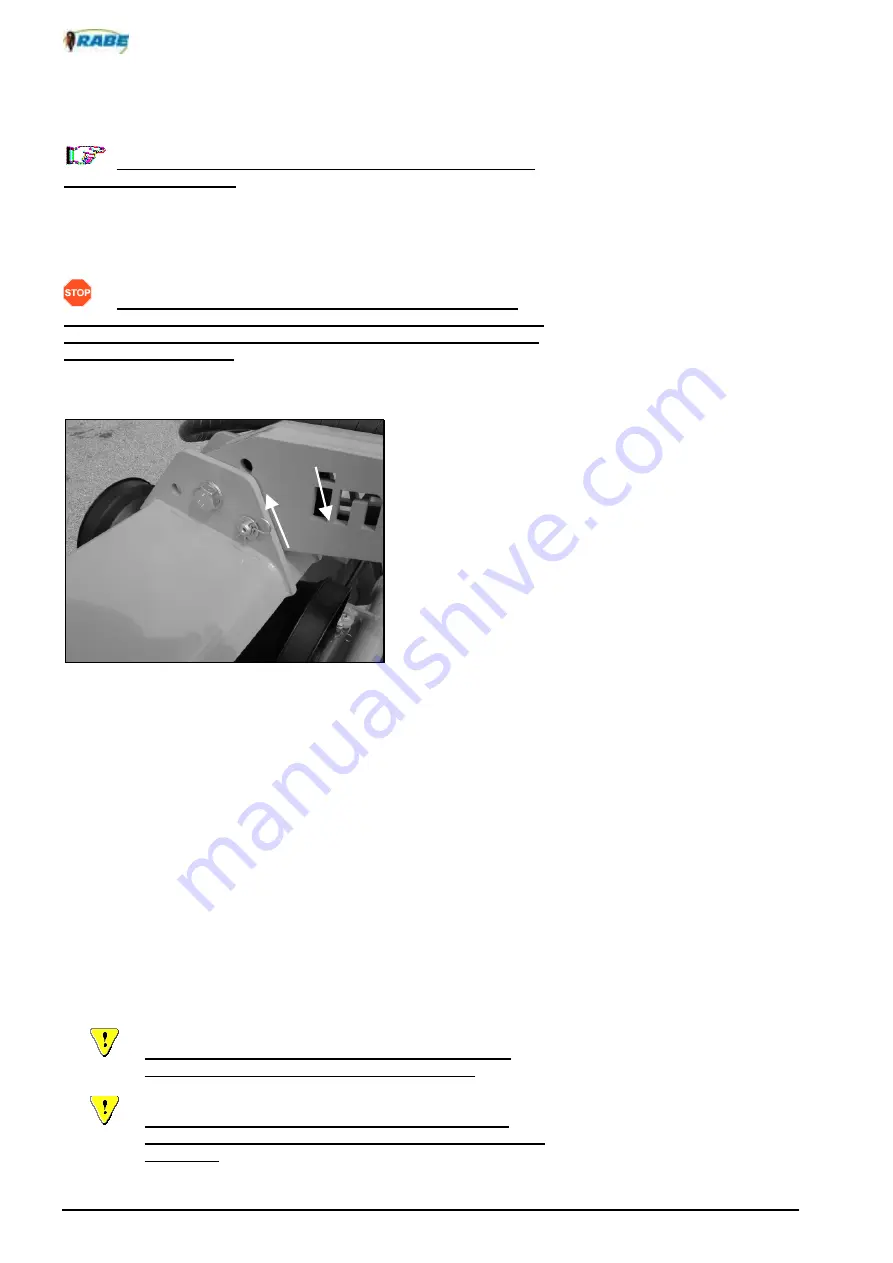
Secure the lower arms of the tractor with stabilising struts or chains.
The same procedure applies to FRONT END attachment.
Once the machine has been attached, connect the hydraulic hoses to the
tractor and check them for correct functioning.
Attach the hook trestle in such a way that the implement is
horizontal to the tractor.
The trestle attachment permits both rear- and front-end coupling of the
machine. Once the machine has been attached, carefully adjust the
connecting bolt (fig. 7.).
If you change from rear- to front-end attachment, always
check to ensure that the drive direction of the tractor still coincides
with that of the implement, and that the turning speed of the power
take-off shaft is correct.
Fig. 7
5.3 Fitting and adjusting the drive shaft
Before connecting the drive shaft to the input shaft, clean the drive input
shaft on the machine and grease the drive shaft. Before using the drive
shaft for the first time, ensure that it is compatible with the tractor. As the
adjustment procedure only applies to this type of tractor, the procedure
must be checked and, if necessary, repeated whenever a different tractor
is used.
Whenever you fit a new drive shaft element to the power-take off point on
the tractor for the first time, do so without connecting the drive shaft tubes
to each other. When the drive shaft tubes are pushed together, they must
not collide with the forks of the universal joint. A minimum safety distance
of 4-5 cm must be maintained. To adjust to the correct length, hold the
two sections of drive shaft next to one another in the shortest operating
position and mark their positions. Shorten the inner and outer protective
tubes by the same amount. Shorten the inner and outer push-in profiles
by the same length as the protective tube. Smooth down the cut edges
with a file and carefully remove all swarf and other debris. Grease the
push-in profiles before inserting them into each other.
Note that an excessively long drive shaft can cause
damage to both the tractor and the implement.
Attach the drive shaft to the implement and tractor,
along with the complete drive shaft assembly and guard
extension.
2
1

